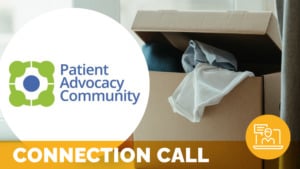Improving the Perioperative Experience for Autism Spectrum Disorder Patients

Dayton Children’s Hospital shares their approach to imrpvoing the perioperative experience for austic patients. “The major lesson we learned was to listen to our patients’ families, as they are their child’s expert, to be able to tailor our preoperative environment. A one-size-fits-all approach will not work for autistic patients, and we, as care givers, must be adaptable. With the detailed coping plans, we tailor the patient’s experience specifically to his/her developmental, sensory and communication needs. After a year of this initiative, we continue to survey families to improve our guidelines and sensory adaptive care.”
Related content
-
 Environment & Hospitality
Environment & HospitalitySeeking answers through the pain
This article tells the story of the history and outcome of a 64-year-old woman who had suffered pain and other symptoms for over a decade. The woman thought nothing could be done to help her condition. The procedure that was eventually undertaken brought about a huge transformation in pain reduction and helped with mobility and
Learn more -
 Environment & Hospitality | Patient Family & Community Engagement
Environment & Hospitality | Patient Family & Community EngagementDesigning for Pediatric Patient Experience: Expert Insights and Innovations in the Healthcare Built Environment
Incorporating patient-centered and participatory design into healthcare environments is a key strategy for creating spaces that are both supportive and functional. Engaging patients and their families in the design process ensures that these environments meet their specific needs and preferences, ultimately leading to better patient outcomes and experiences. This report shares the essential elements related
Learn more -
 Environment & Hospitality | Staff & Provider Engagement
Environment & Hospitality | Staff & Provider EngagementLost Belongings Workgroup (November 15, 2023)
1pm ET / 12pm CT / 11am MT / 10am PT –The Lost Belongings Workgroup is a meeting space for those interested in conversations and solution generation with patient advocates working to improve lost belongings policies and practices.
Learn more
